Chanterelles are the most famous representatives of the chanterelle family. They have a bright memorable appearance, which allows them to be collected even by beginner mushroom pickers. Chanterelle mushrooms have excellent taste and medicinal qualities, in addition, mushroom pickers also appreciate them for their resistance to insect infestation, because the fruit body contains quinomannosis, a substance that is harmful to helminth larvae.
Content
Characteristic features of chanterelles
Among all the mushrooms of our forests, chanterelles are fairly easy to recognize, although there are very similar species that are not always edible. Therefore, it is important to familiarize yourself with the detailed description and photo of the species in detail.
Appearance and photo
The fruiting body is an integral structure, that is, the leg and the cap have no boundaries and smoothly pass into each other. Even their color is the same: from light yellow to deep orange.
Usually the fruits grow in large groups, which is clearly visible in the photo.
Adult fruits have a small indentation in the center of the cap. This feature gives the funnel a funnel shape.
Why are they called that?
There are two options why this species got its name:
- the fruits are so named for their resemblance to the red fox. Bright yellow mushrooms, like fox ears, stick out from dry foliage;
- the name comes from the old Russian word "fox", which means yellow.
Structure and species differences
The mushroom cap is convex. Young mushrooms have a smooth hat. Growing, the leg rises, and the hat becomes embossed with wavy edges. The hat is able to grow up to 8 cm in diameter. Outwardly, the chanterelle resembles an inverted umbrella.
The plates grow at the base from the cap to the foot. They are formed in tight rows. The width of the plate can reach 0.5 cm.
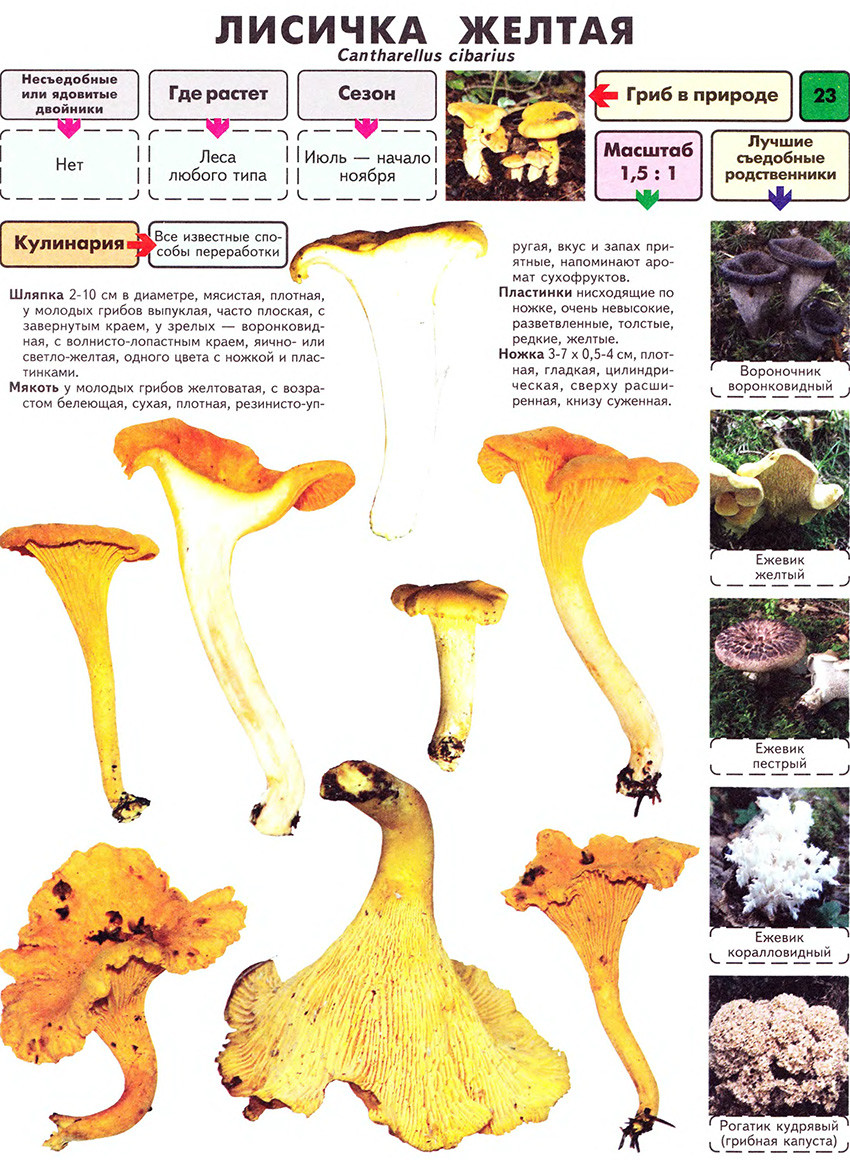
The leg of the fetus is solid, without the formation of cavities. There are no clear boundaries between the hat and the leg; the transition between them is smooth. The length of the legs varies between 5-7 cm, and the thickness is 1-2 cm. But the size of the specimen depends on the habitat, for example, in marshy areas you can find foxes of very impressive sizes. The leg and the hat have the same color, but sometimes the leg is a tone lighter.
The pulp is painted in a yellowish color, which does not darken when cut. The pulp is quite dense, crumbles poorly and has the smell of dried fruits. Old fruits have a stiffer pulp, which can absorb moisture very quickly.
Spore powder is light yellow. Its dimensions reach 8.5 × 5 microns. Spores have an elliptical shape.
Where do chanterelles grow?
These mushrooms inhabit the northern latitudes everywhere. The most common species in Russia is ordinary chanterelle. She forms mycosis with a wide variety of trees, but most of all she loves oak, pine, spruce and beech. You can find it in both mixed and coniferous forests.
The most favorable areas for the growth of mushrooms are as follows:
- tsernishevsky;
- Olkhovsky;
- Uryupinsky.
Chanterelles grow in a large number in the Volgograd region. The mushroom places are the islands on the Volga, the village of Zubarevka and the area near the Tsimlyansk reservoir.
Eating
Edible varieties of mushrooms are eaten in almost any form. They can be boiled, fried, salted, marinated and dried. Often you can find recipes where chanterelles are used raw. Some species have a hard flesh, therefore, require longer cooking.
Types of mushrooms and their description with photos
Almost every person knows what foxes look like. But not everyone knows that the Lisichkov family, despite similar characteristics, includes various species. The following are considered the most popular in Russia:
- Chanterelle vulgaris belongs to the edible representatives of the mushroom world. Fruit hats grow from 2 to 10 cm in diameter. The fruit body is colored red. The place of the cut almost does not change color, it becomes a tone lighter. You can harvest from June to August inclusive.
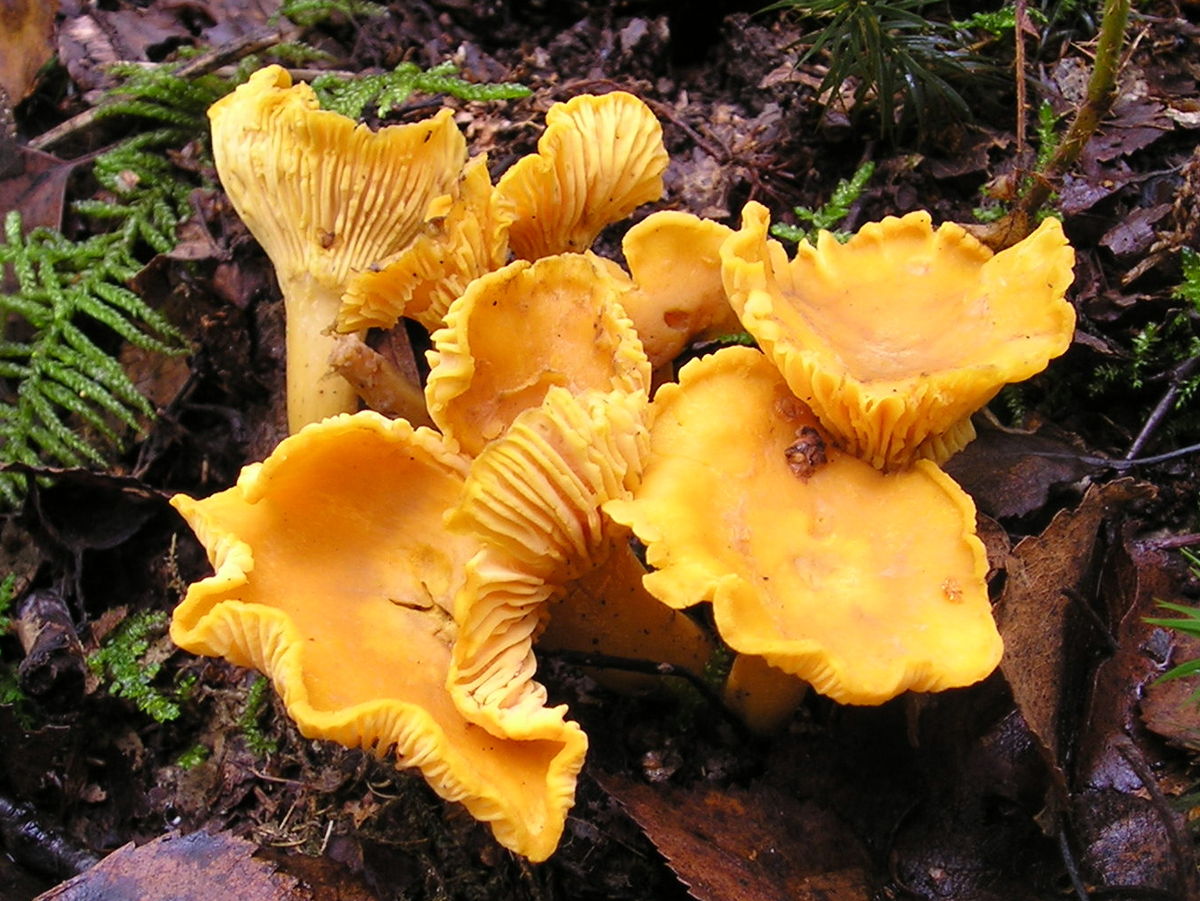
Common chanterelle - Chanterelle white - very rare. Mushroom pickers really appreciate it for a rather pleasant taste. The diameter of the hat varies between 2-5 cm, but there are individuals with a huge hat of 10 cm. The shape of the hat resembles a funnel with wavy edges. The pulp is dense.
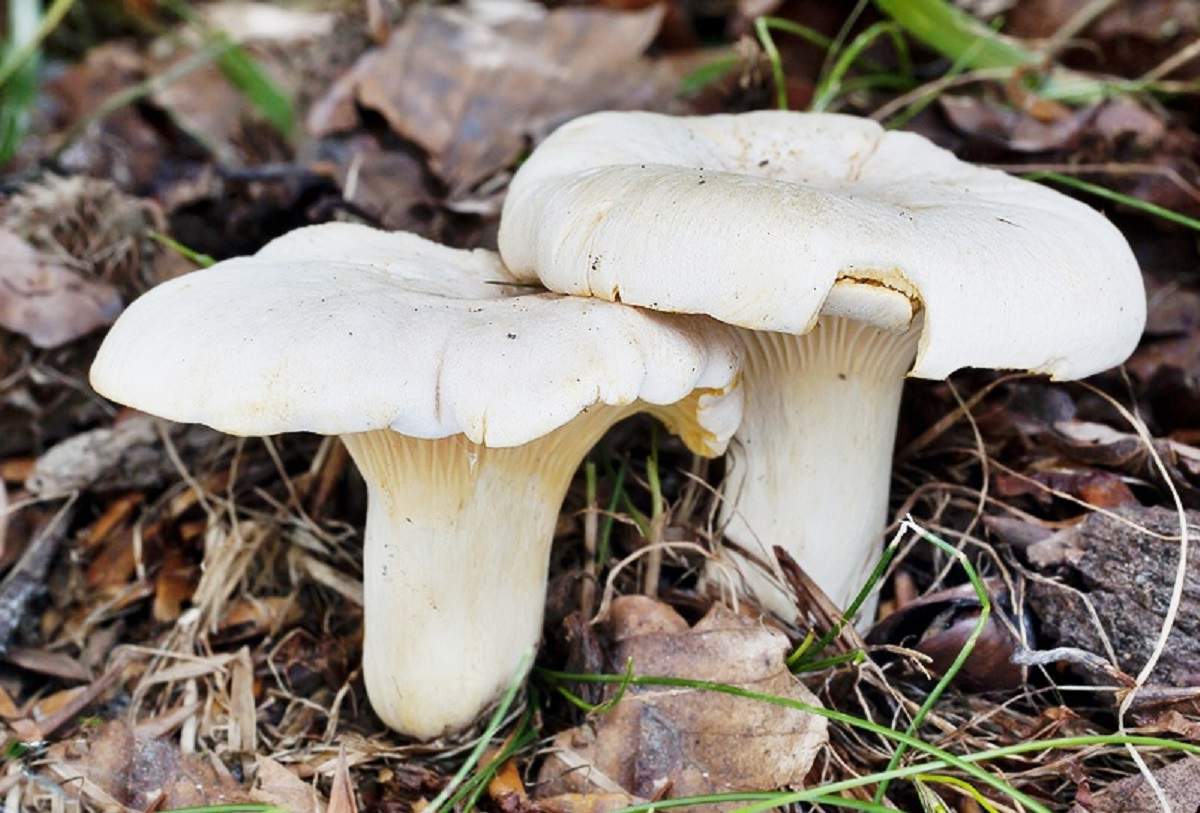
White fox - The black chanterelle also belongs to the Lisichkovs, although in appearance it is difficult to determine. The color of the mushroom is black, like coal. The hat is tube-shaped, the recess of which smoothly passes into a hollow leg. The edges of the cap are turned away and uneven. Forest harvested from July to mid-September.
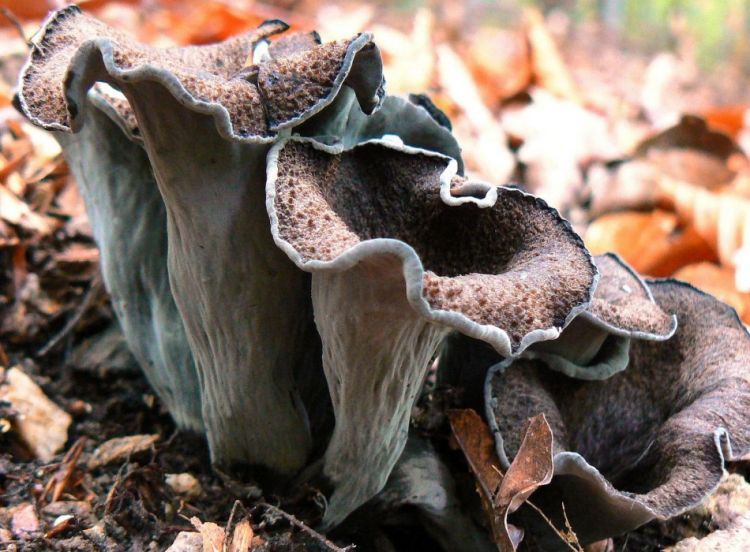
Black fox - The tubular (funnel) chanterelle is small, the diameter of the hat is up to 5 cm. Young fruits have a flat, slightly convex hat. An adult fungus forms a funnel-shaped cap. The hat can be either dark yellow or bright orange. There are specimens with brown shades. The mushroom bowl has a cylindrical shape.
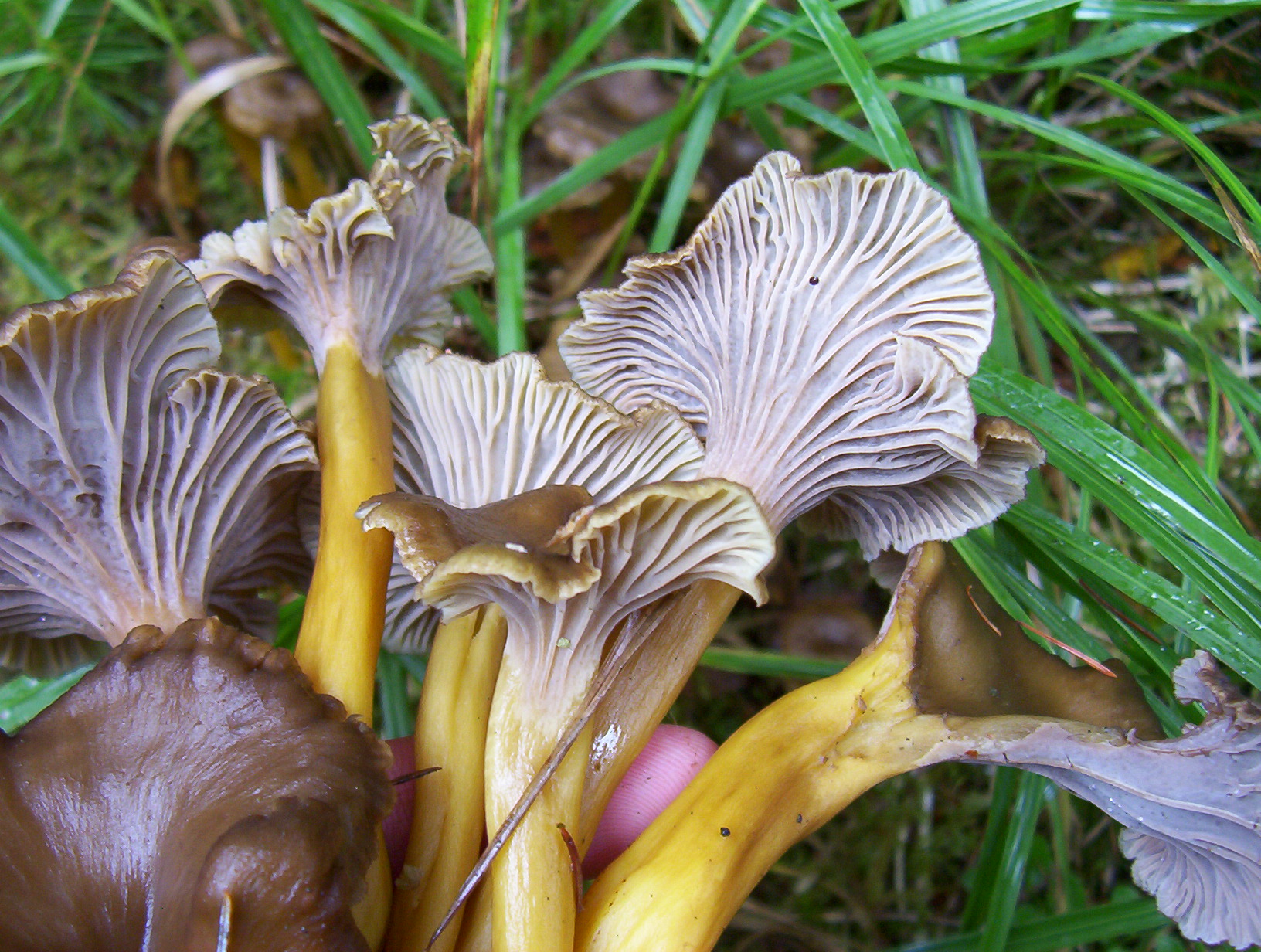
Chanterelle
Rules and gathering places
These forest gifts differ from most relatives by a stable growth rate. They should be sent after thunderstorms. You can find mushrooms not only in forests, but also in wetlands, in forest plantations.
The fruits are not just autumn mushrooms, they can be harvested from the beginning of summer until mid-autumn. Going on a quiet hunt preferably with an experienced mushroom picker. After all, there are dangerous and poisonous counterparts that are easily confused with edible mushrooms.
Difference from false chanterelles and other inedible mushrooms
Inexperienced beginners should know that ordinary chanterelles have doubles. This is an orange govorushka (inedible) and olive olive omphaloth (poisonous).
Specialists distinguish several main differences between false and edible specimens presented in the table.
| False | Edible | |
|---|---|---|
| Color | Copper red, bright orange, red brown. There are spots of various shapes on the hat. | Light yellow or light orange. |
| Hat | With smooth edges. | Torn edges |
| Leg | Thin, clearly separated from the cap. | Thick, has no clear boundaries with a hat. |
| Pulp | Does not change color. | Blushes when pressed. |
Genuine chanterelles grow in groups and have a pleasant aroma, unlike counterparts. As you know, chanterelles are not affected by pests, and inedible species are often wormy.
Useful properties, recipes and restrictions for use
This species has in its composition many minerals and vitamins, has antibacterial properties. Ergosterol, which is located in the fungus, has a positive effect on hepatitis, hemangiomas and liver diseases.It is useful to use red mushrooms for people who are struggling with cancer.
It is advised to eat chanterelles for people with low vision and with obesity. They are used for infection with helminths, because the fungi contain quinomannosis, which has a detrimental effect on the eggs of arthropods and helminths.
These representatives of the mushroom world are considered one of the most delicious and healthy mushrooms. Exclude them from the diet should only be if there is an individual intolerance to the product. In addition, you should not give mushrooms to children under three years of age.
Mushroom soup
Tasty and tender it turns out a soup of chanterelles with cream cheese. For cooking, you will need the following ingredients:
- 400 g of mushrooms;
- 100 g of processed cheese;
- two potatoes;
- two medium carrots;
- 20 g butter;
- dill, green onions and salt to taste.

Fruit bodies are cleaned, washed and cut, after which they are boiled over low heat for about 15 minutes. At this time, onions and grated carrots are fried in a pan. In a pot with mushroom mass, pour potatoes, previously cut into small cubes. When the potatoes are almost ready, you can add a mixture of pans, salt and cream cheese to the bowl. After boiling, turn off the stove, and sprinkle the soup with fresh herbs.
Mushroom omelet
You can quickly and easily cook omelet with mushrooms. It turns out tasty and unusual. It should take:
- a few pieces of baguette;
- about 300 g of chanterelles;
- one onion;
- two eggs;
- paprika;
- a couple of cloves of garlic;
- olive oil.
Pour oil into a preheated frying pan and fry the onions and garlic, which should be finely chopped. Fry until translucent, then add chopped mushrooms, pepper and salt. After a few minutes, beaten eggs are poured into the pan and sautéed for another 3-5 minutes. The baguette is cut into pieces and lightly fried in a separate container. Pieces of the finished omelet are spread on a baguette and decorated with fresh herbs.
Answers to Common Questions
Chanterelles cause a lot of questions for beginning mushroom pickers:
Chanterelles are quite common in our latitudes, they have not only excellent taste, but also a lot of useful properties. When collecting this species, you should be extremely careful, because beginners can easily take a false mushroom for a real fox.

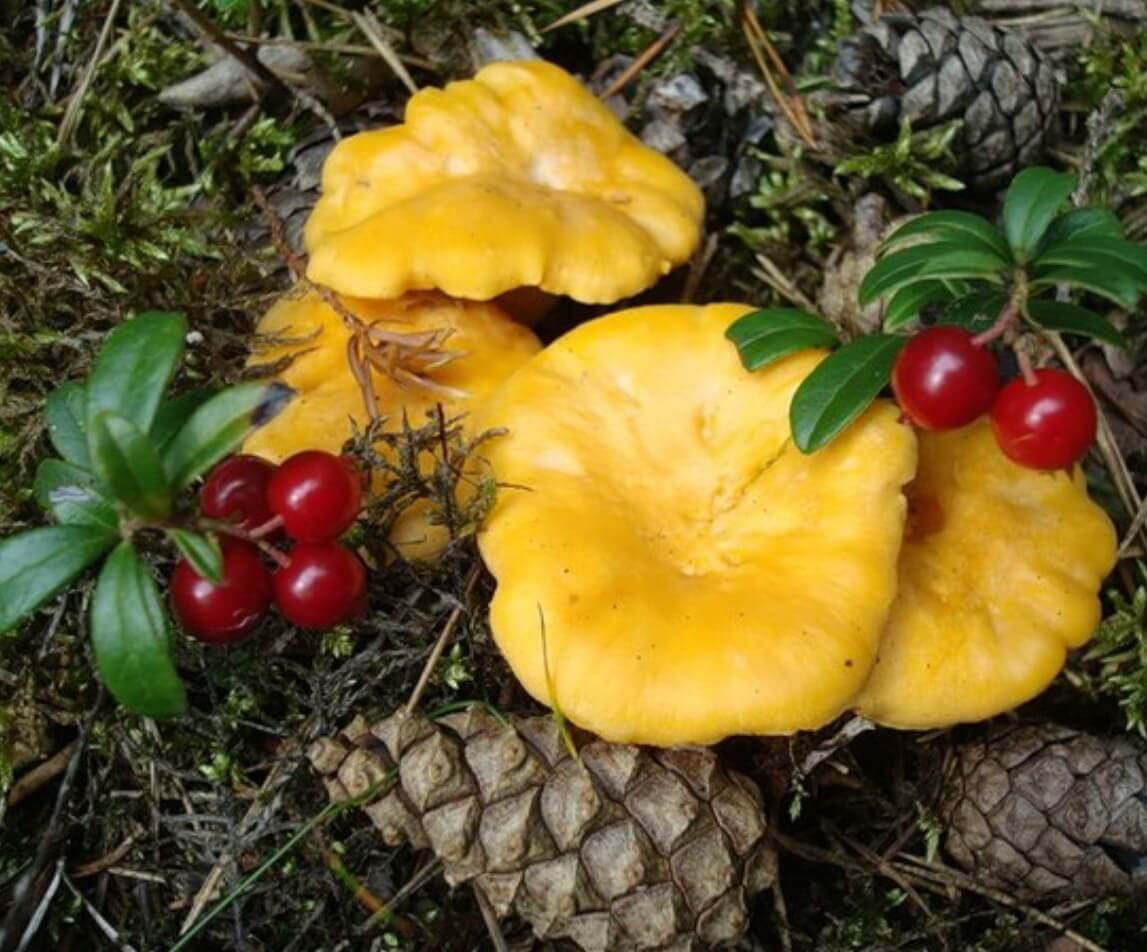
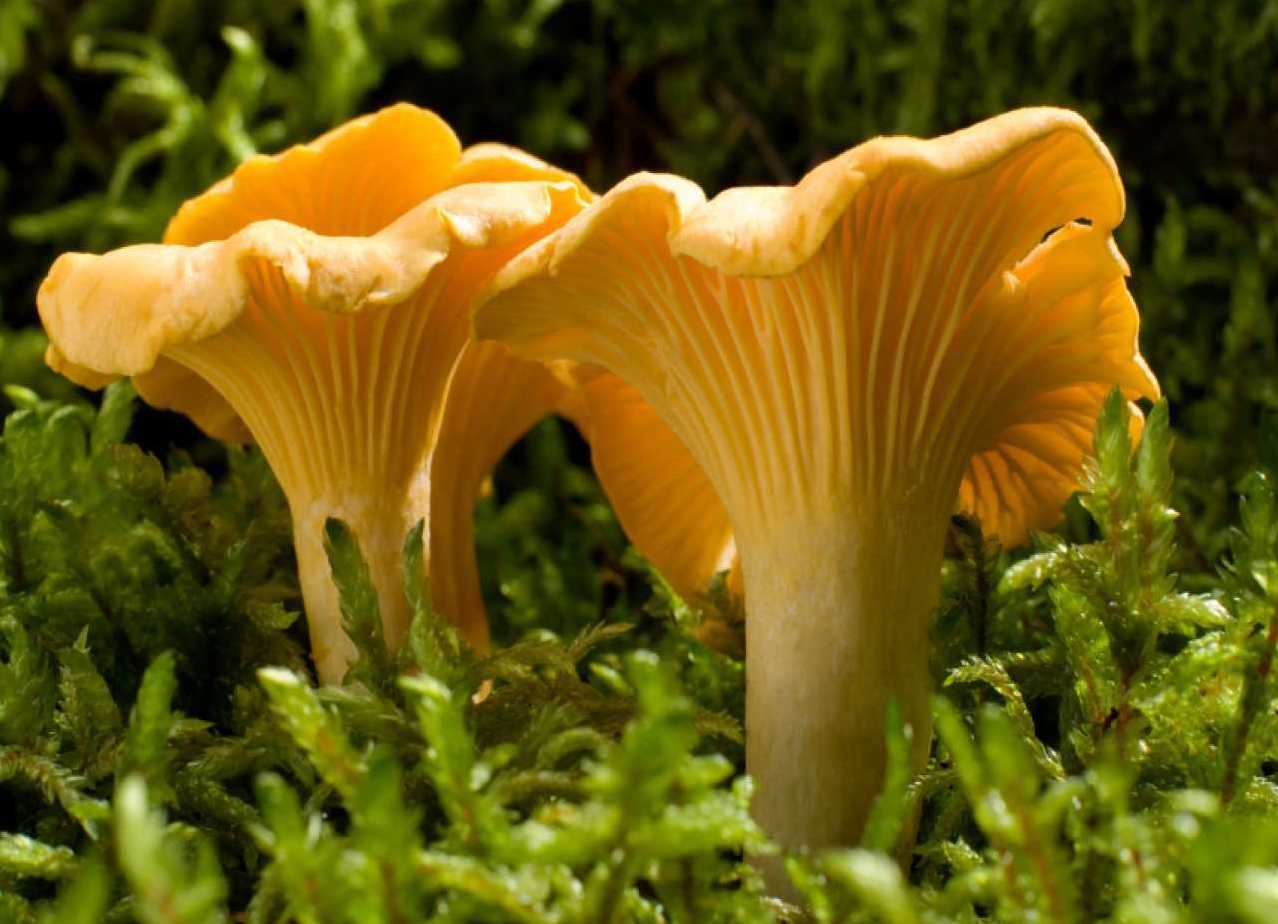
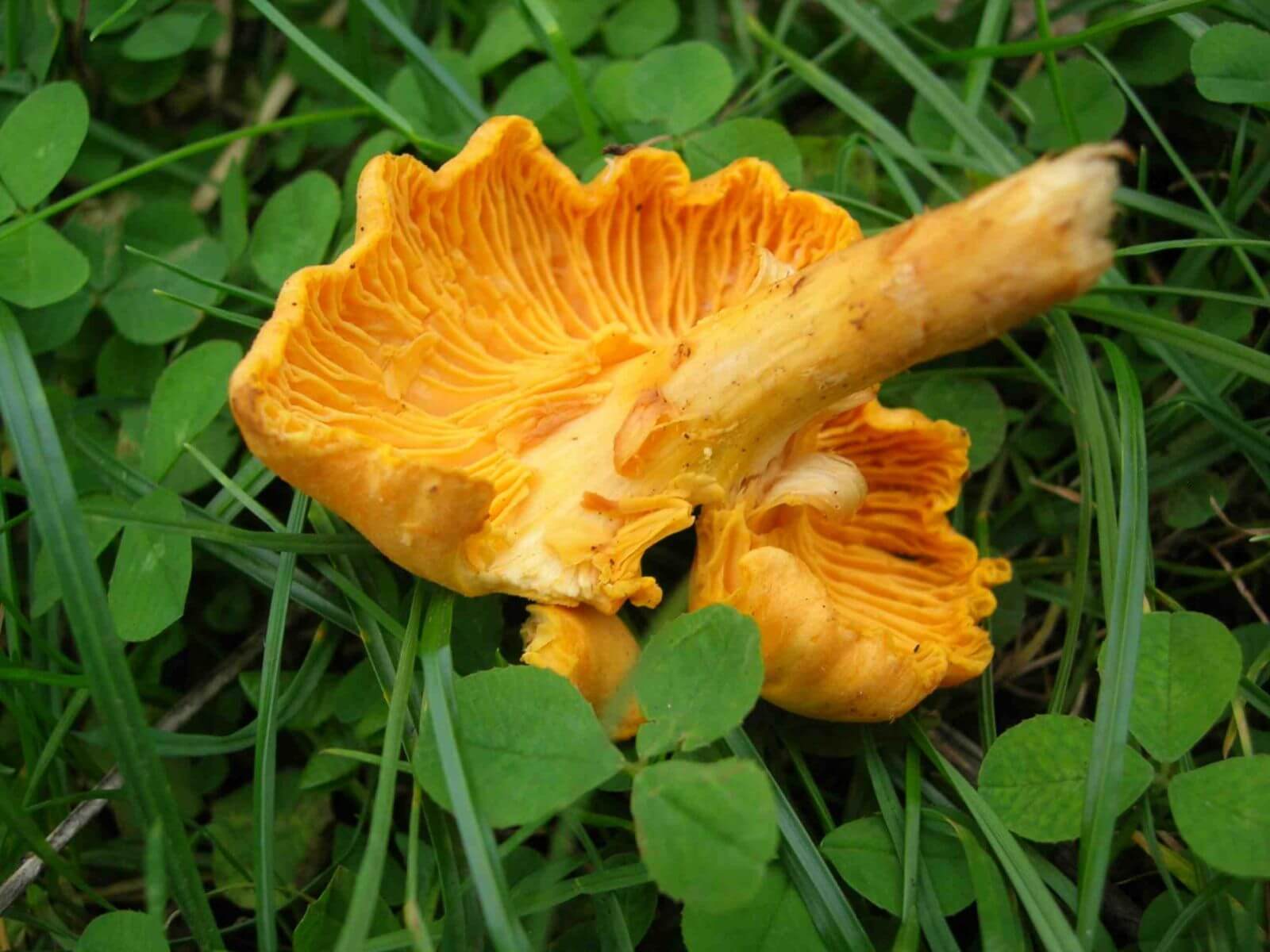
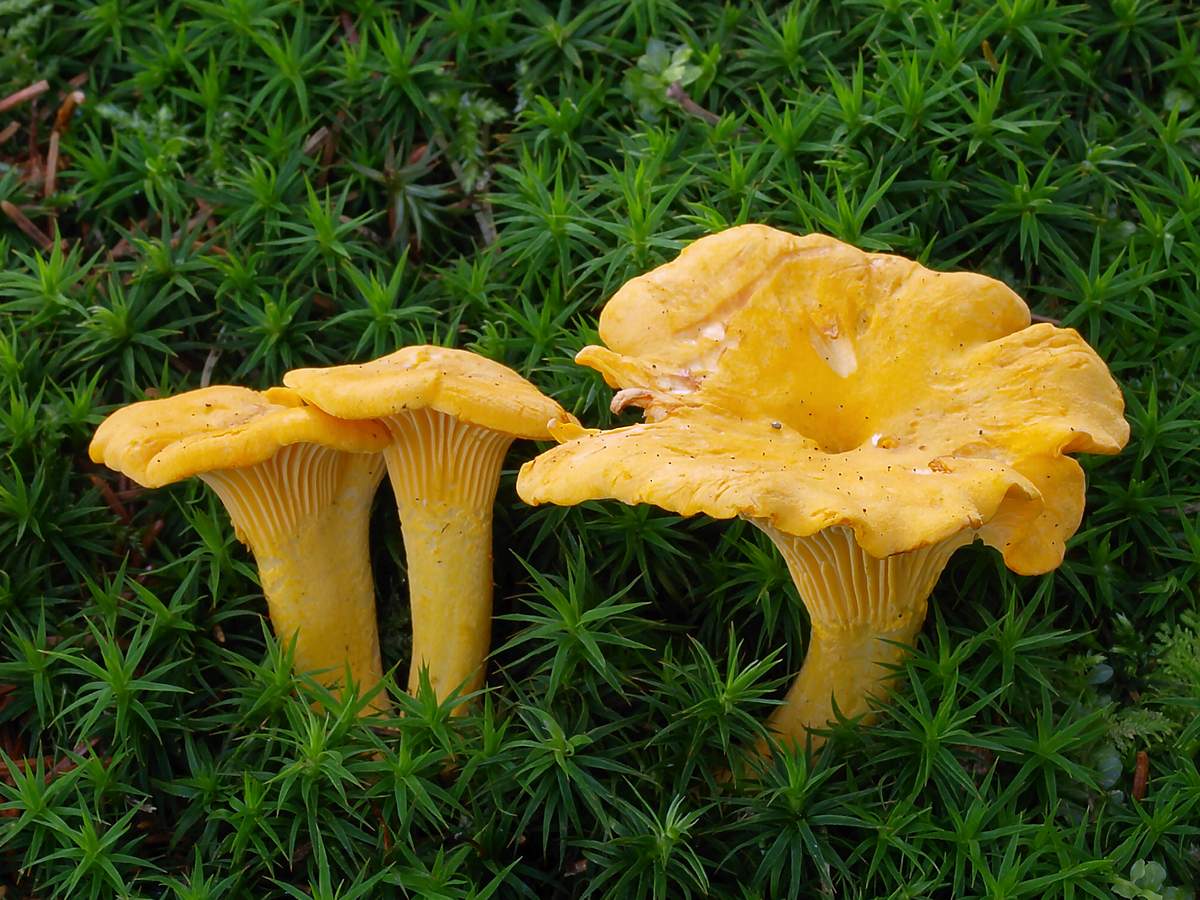
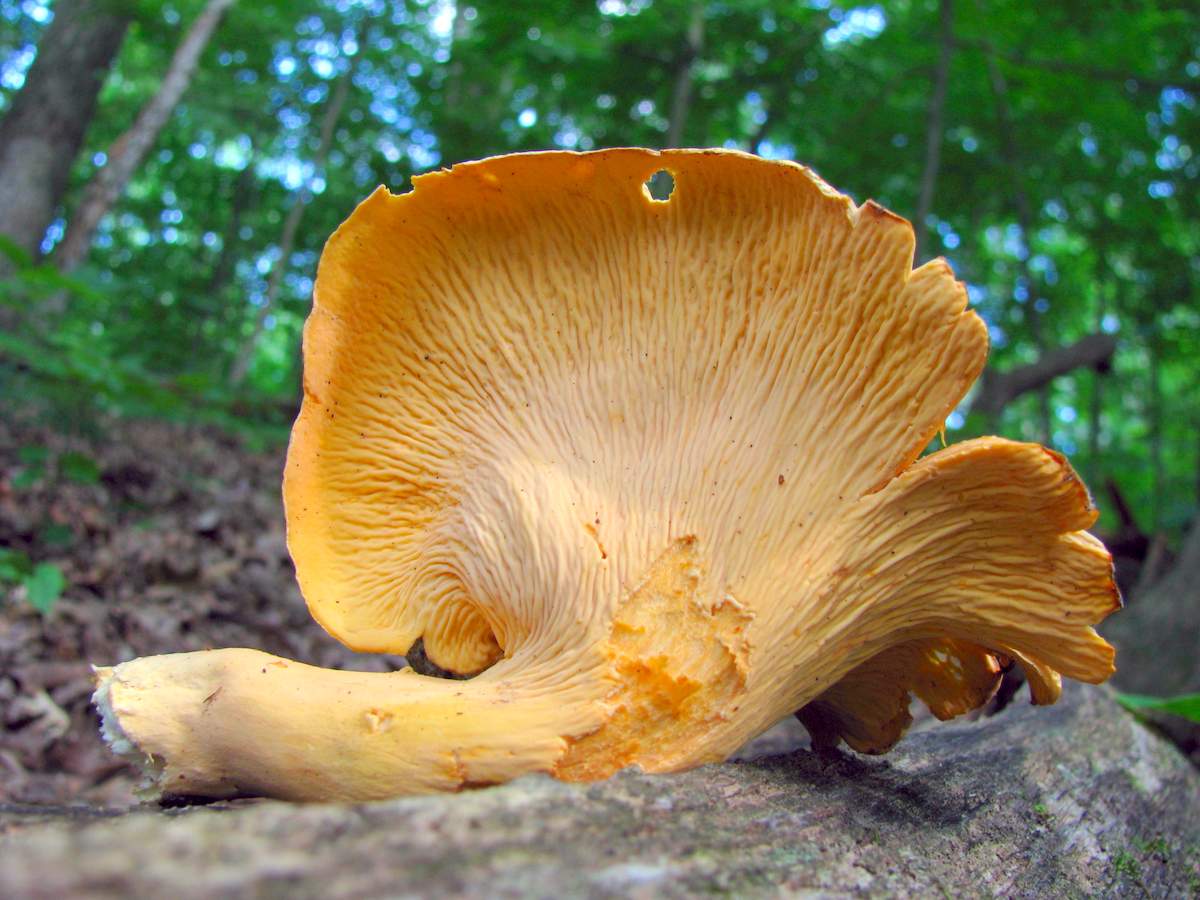
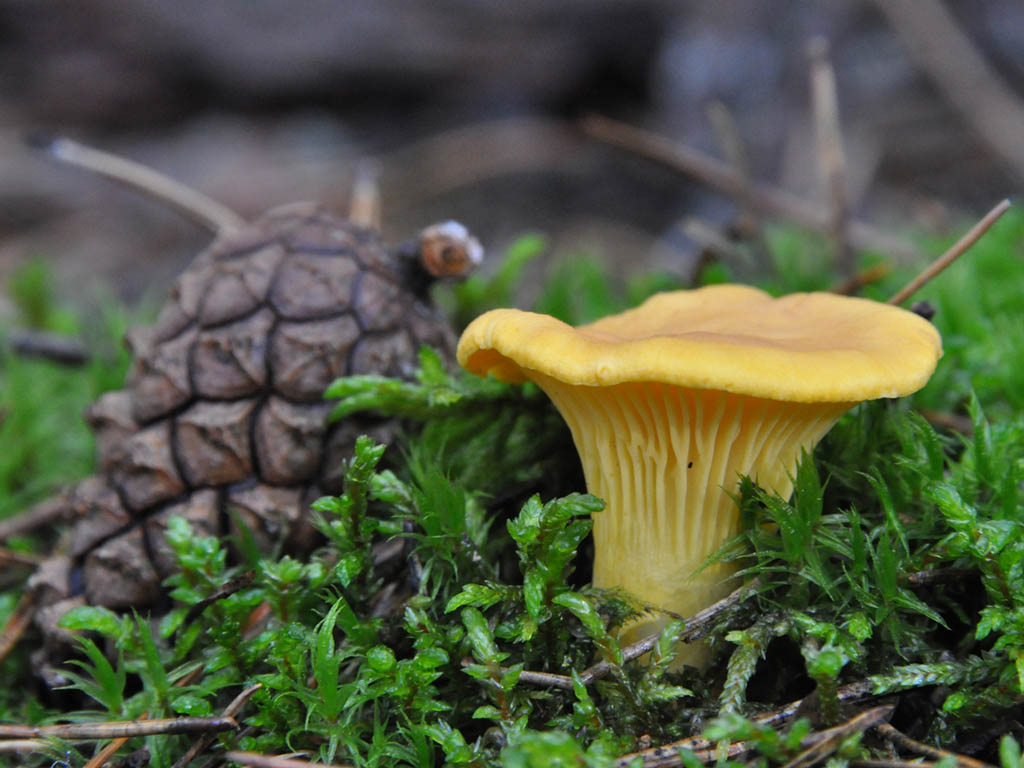
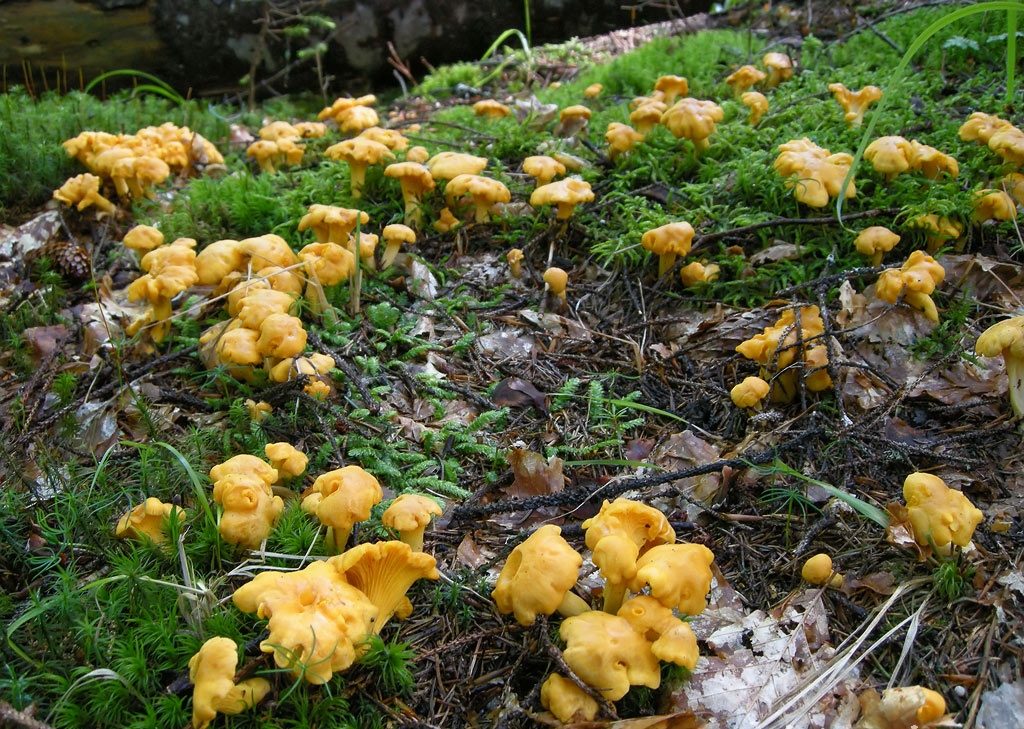

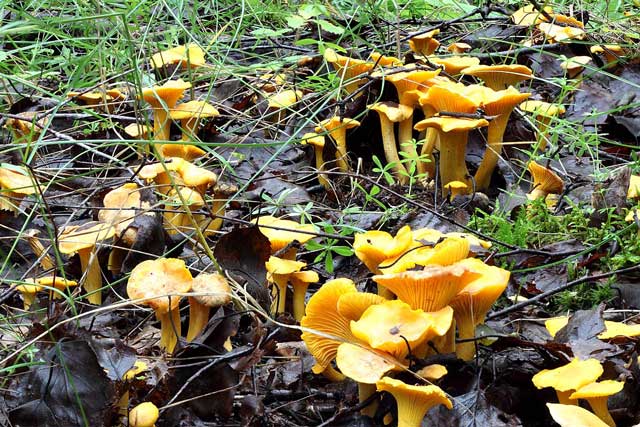
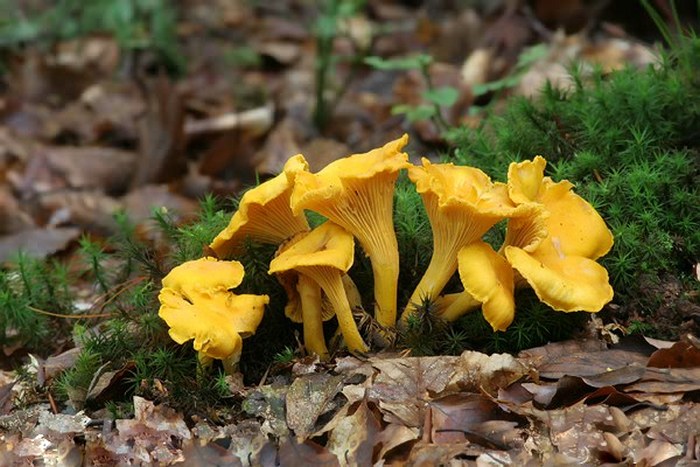
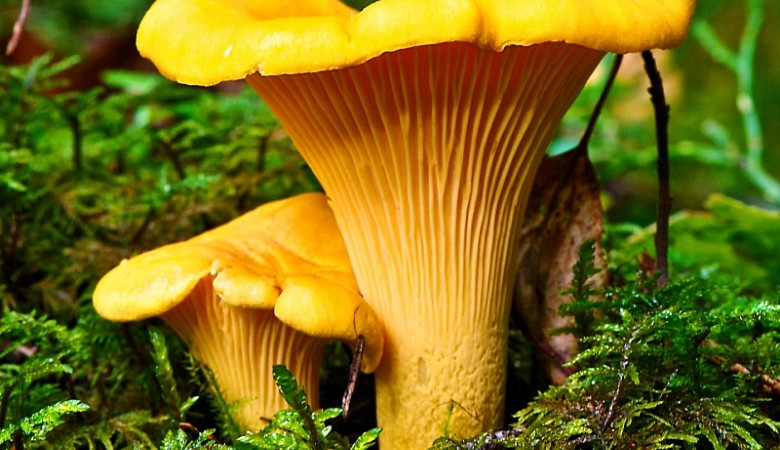
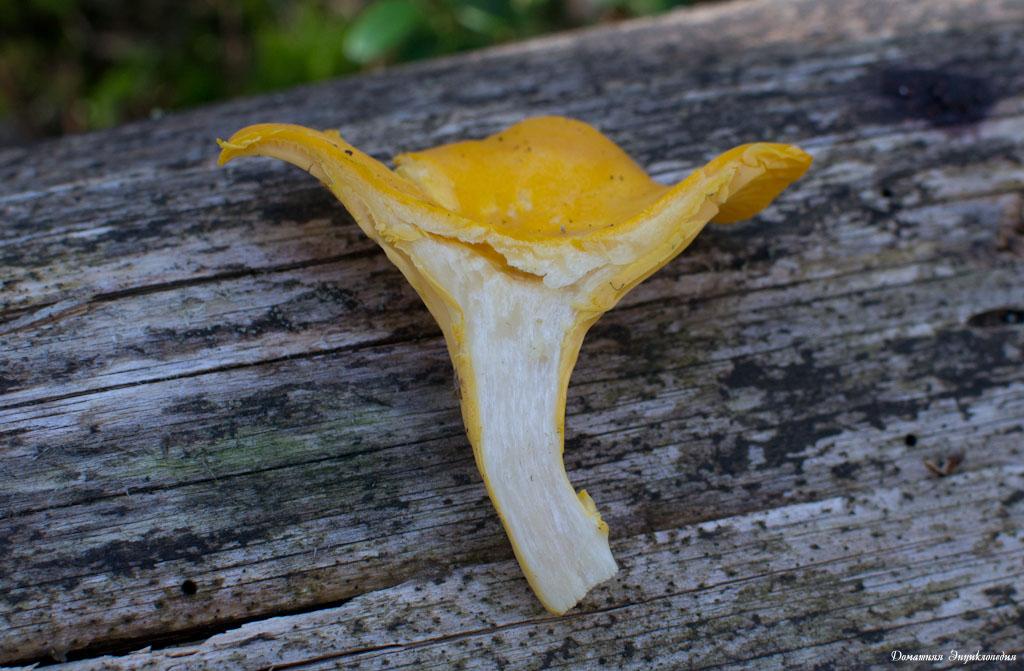
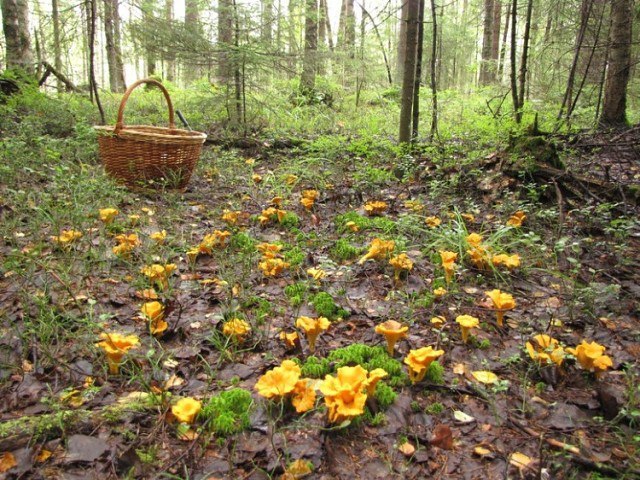
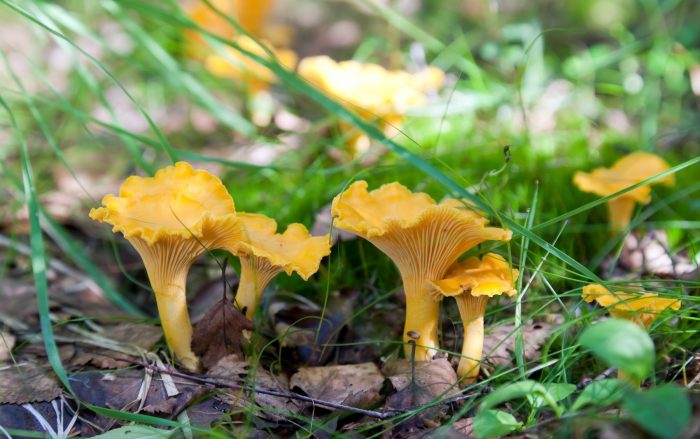
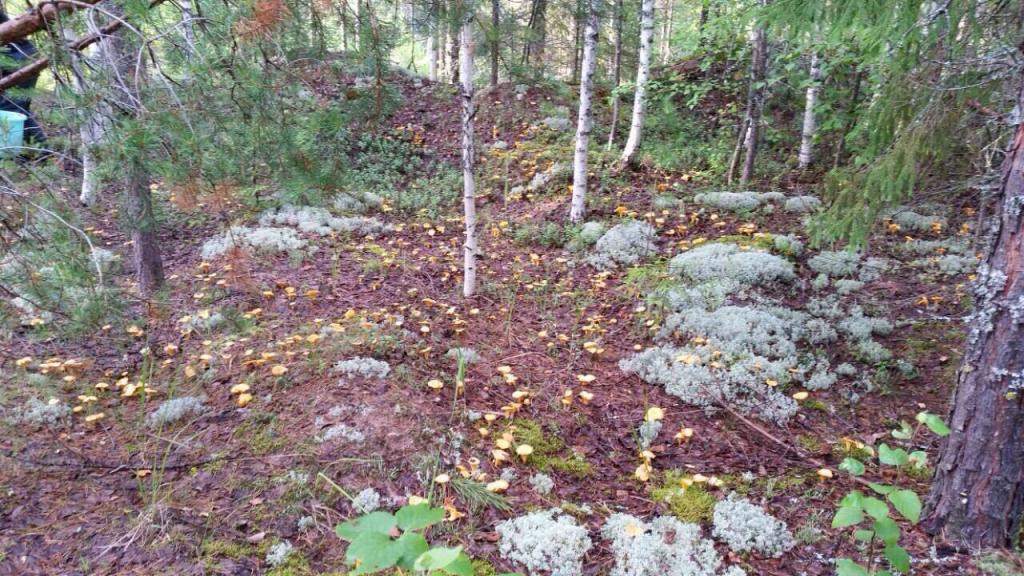



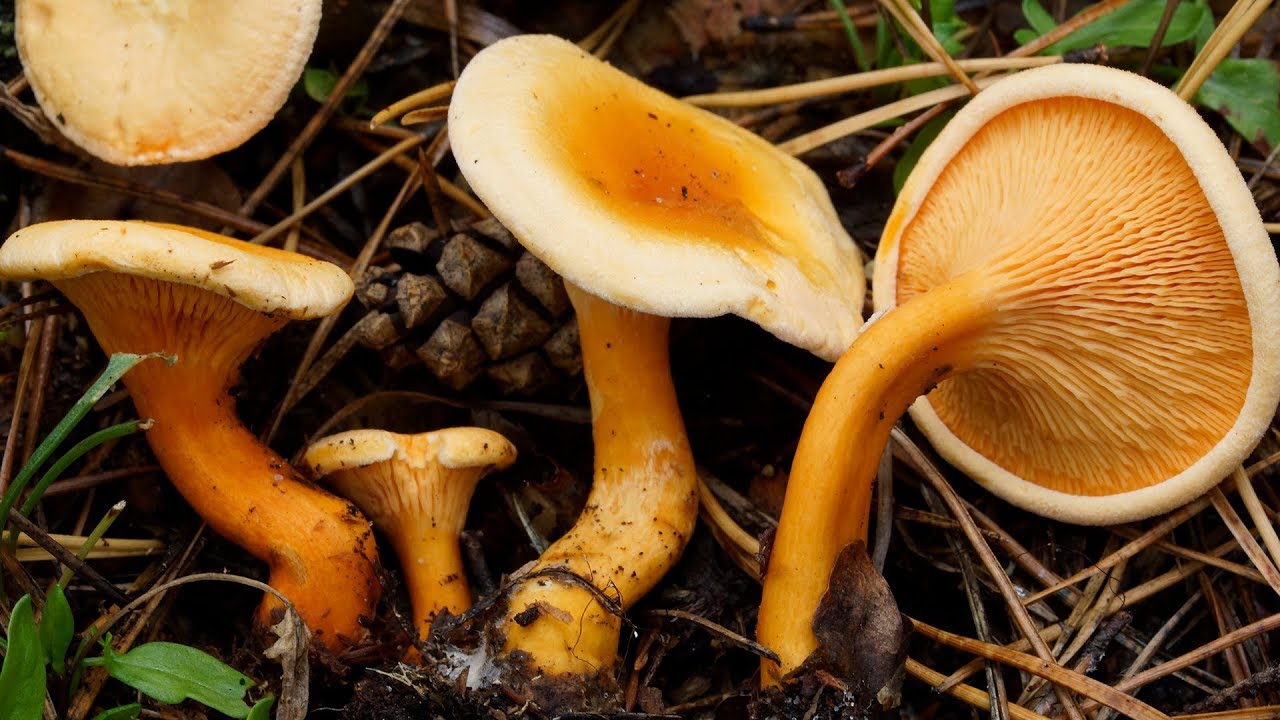
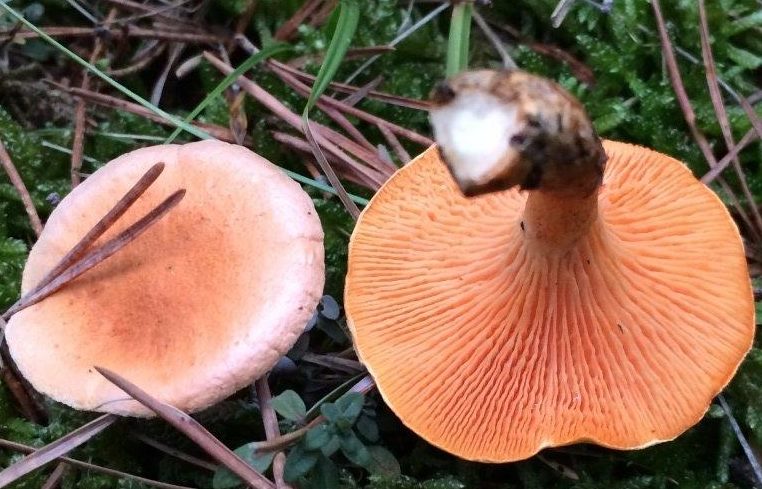
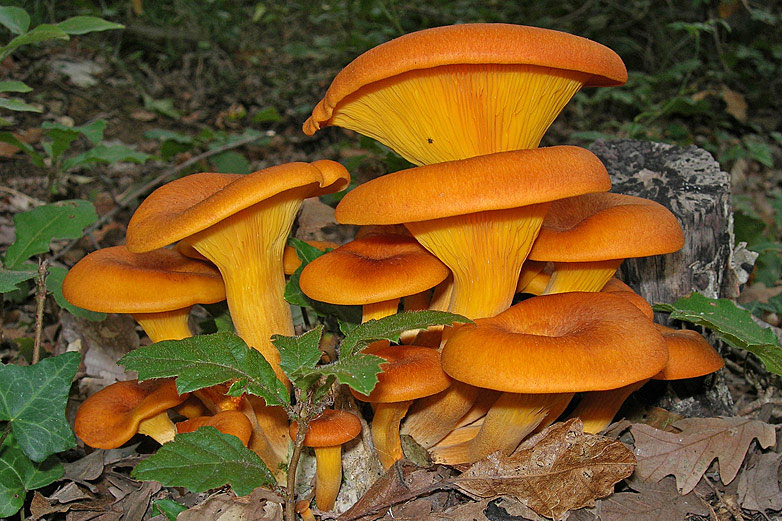
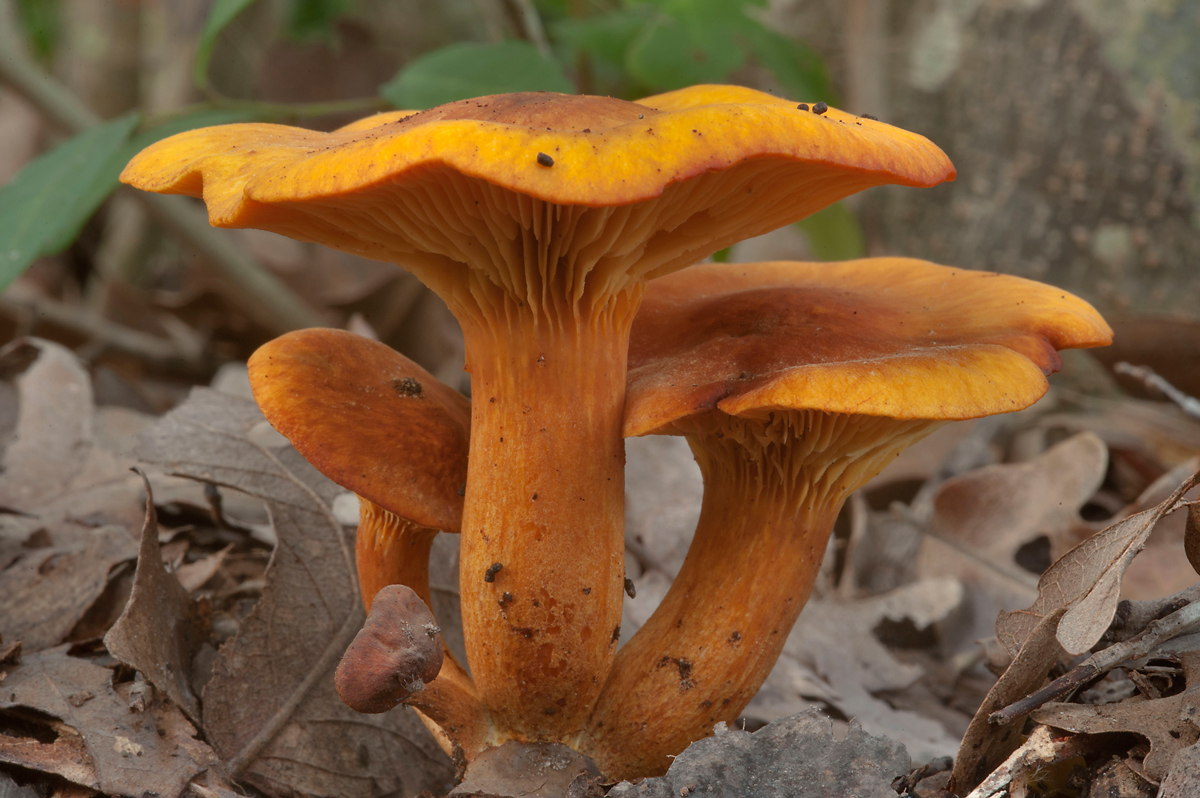


 Care and use of Kombucha at home (+22 photo)
Care and use of Kombucha at home (+22 photo) Edibility of the fungus of the motley umbrella and its description (+19 photo)
Edibility of the fungus of the motley umbrella and its description (+19 photo) Description of edible and inedible oils, their poisonous counterparts (+40 photos)
Description of edible and inedible oils, their poisonous counterparts (+40 photos) Useful properties of milk mushroom and its contraindications (+17 photos)
Useful properties of milk mushroom and its contraindications (+17 photos)